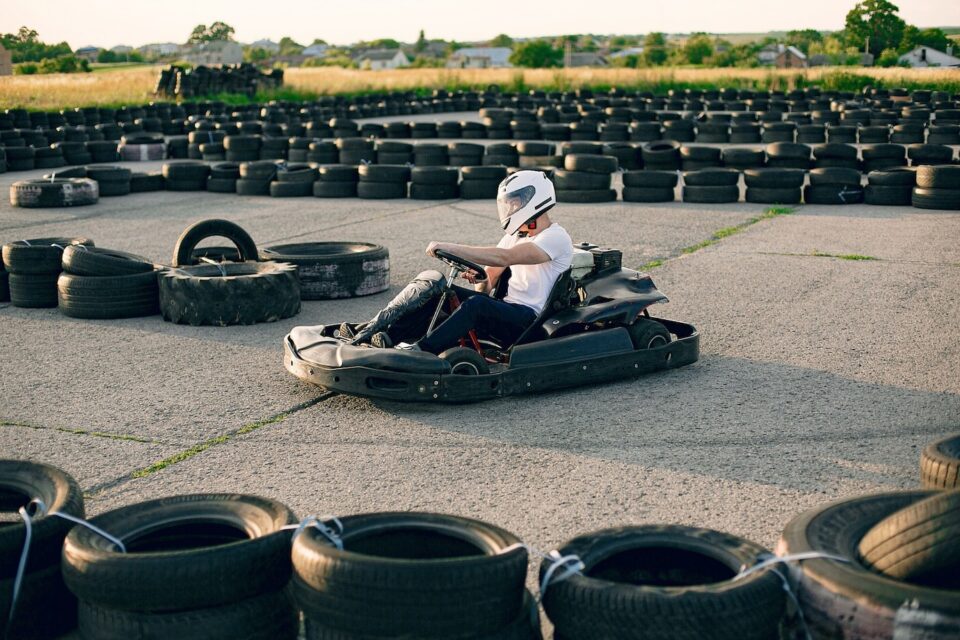Building your dream go-kart is an exciting project that combines creativity, engineering, and hands-on craftsmanship.
For beginners, the process may seem overwhelming, but with the right steps, you can bring your vision to life.
From choosing eye-catching graphics to assembling the frame, each stage offers an opportunity to personalize and optimize your kart.
This article provides a step-by-step guide for designing and building a go-kart that reflects your style and meets your needs.
Choosing the Right Graphics for Your Go-Kart
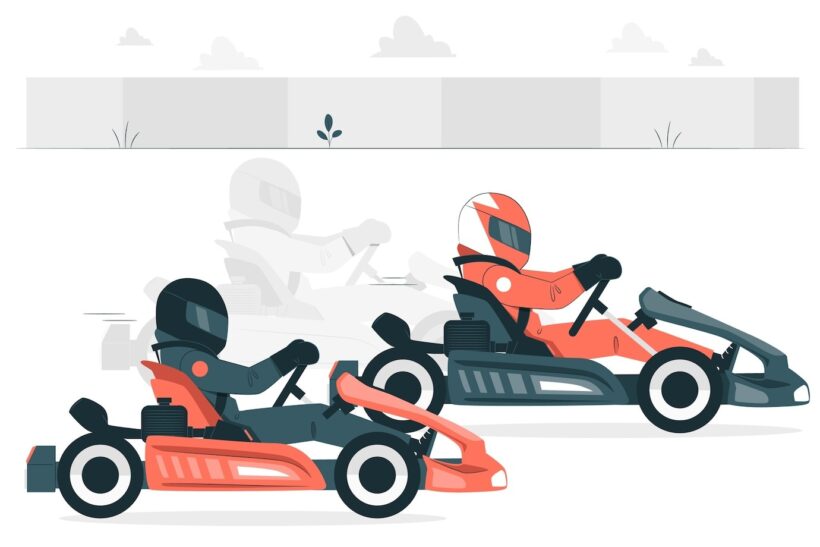
Graphics are one of the most visually striking aspects of a go-kart, setting it apart on the track. A well-designed graphic scheme not only reflects your personality but also adds a professional touch to your kart.
Start by considering themes that resonate with you, such as bold racing stripes, intricate patterns, or vibrant color combinations.
Decide whether you prefer pre-designed kits or want to create custom decals for a unique look. Keep in mind that custom go kart graphics are the best way to make it look unique.
- Explore vinyl wraps or sticker kits for easy application.
- Consider durability, as kart graphics endure scratches and dirt.
- Test design ideas digitally before committing to a final choice.
Deciding on the Type of Go-Kart You Want to Build
Before starting, identify the purpose of your go-kart. Are you building it for recreational use, competitive racing, or off-road adventures?
Your choice will dictate the design, materials, and components you need. Recreational go-karts prioritize comfort and fun, while racing karts focus on speed and agility.
- Research different go-kart categories: sprint karts, superkarts, and off-road buggies.
- Decide on a single-seater or double-seater based on your needs.
- Evaluate the cost and complexity of each type to match your budget and skills.
Selecting the Right Frame
The frame is the foundation of your go-kart, providing structural support and safety. Choose between pre-made frames or build one from scratch using materials like steel or aluminum.
While steel offers durability, aluminum is lighter, enhancing speed and performance.
- Use CAD software to design custom frames.
- Ensure the frame includes proper support for the engine and axles.
- Incorporate safety features like roll bars for off-road or high-speed karts.
Choosing the Best Engine for Your Kart
The engine is the heart of your go-kart, influencing its speed, power, and reliability. Beginner builders often opt for four-stroke engines due to their simplicity and lower maintenance requirements.
For racing enthusiasts, two-stroke engines deliver higher performance but require more upkeep.
- Consider engine size based on your kart’s purpose (50cc for kids, 200cc for racing).
- Look for user-friendly engines with accessible parts for maintenance.
- Factor in fuel type—gasoline or electric—depending on your preferences.
Designing the Steering System
The steering system is crucial for control and maneuverability. A typical go-kart uses a simple rack-and-pinion mechanism, allowing for smooth and precise handling.
Ensure that your steering components are properly aligned and secured to avoid safety issues.
- Use durable materials like stainless steel for the steering column.
- Test the system thoroughly to ensure responsiveness.
- Consider adjustable steering for improved comfort and control.
Installing Brakes for Maximum Safety
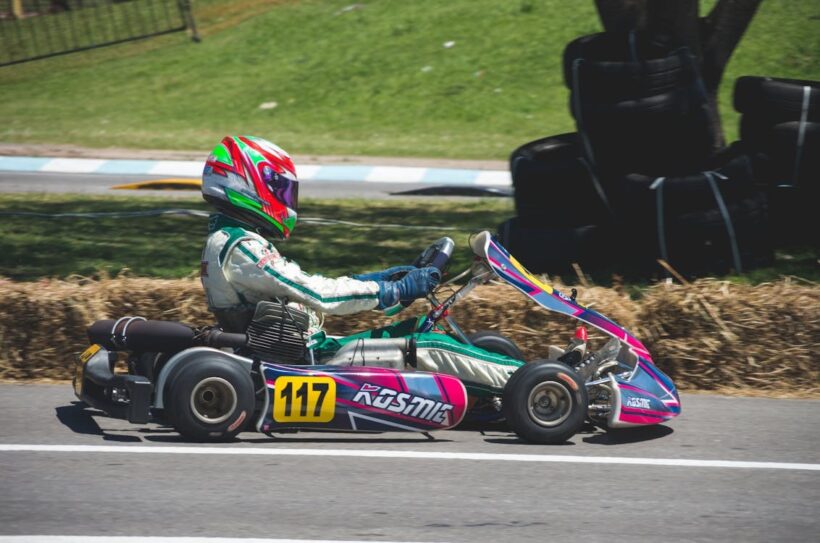
Brakes are a non-negotiable safety feature for any go-kart. Hydraulic disc brakes are highly effective for racing karts, while mechanical drum brakes work well for recreational models.
Proper installation and testing are essential to ensure reliability.
- Choose high-quality brake pads for better stopping power.
- Install a separate brake system for the rear wheels.
- Regularly check for wear and tear to maintain performance.
Picking the Right Tires and Wheels
The type of tires you select affects traction, stability, and performance. Smooth tires work best for racing on paved tracks, while treaded tires are ideal for off-road conditions.
Pair your tires with durable, lightweight wheels to enhance overall handling.
- Match tire selection to track surface conditions.
- Check tire pressure regularly for optimal performance.
- Invest in alloy wheels for durability and weight reduction.
Adding Suspension for Comfort and Stability
Suspension systems absorb shocks and ensure stability, especially for off-road go-karts. While racing karts often skip suspension to reduce weight, recreational and off-road designs benefit greatly from it.
Adjustable shocks allow you to customize the ride to your preference.
- Use coil-over shocks for a balance of comfort and durability.
- Reinforce the suspension mount points on the frame.
- Test the suspension system under load to ensure effectiveness.
Wiring the Electrical System
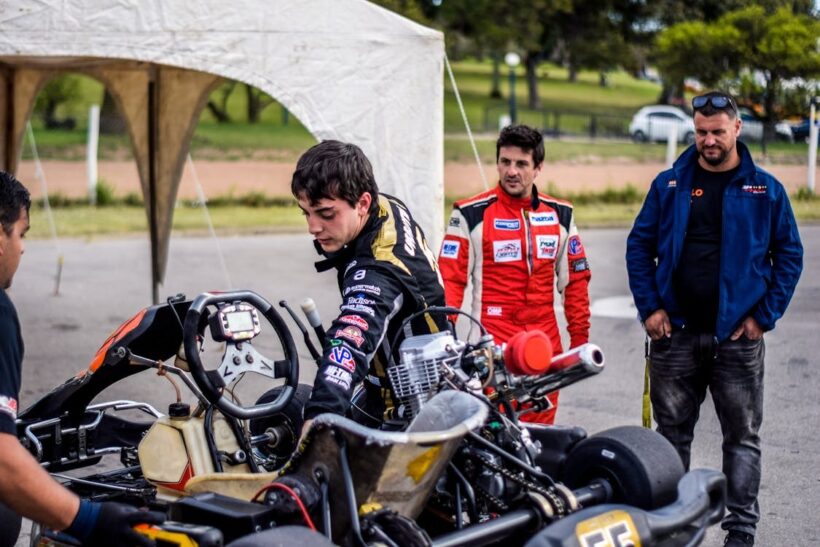
For electric go-karts or those with additional features like lights or displays, a reliable electrical system is essential.
Plan your wiring carefully, keeping it organized and protected from moisture or damage. Use a detailed schematic to avoid errors during installation.
- Install a fuse box for circuit protection.
- Use heat-shrink tubing to secure wire connections.
- Test the system thoroughly before finalizing.
Adding Custom Features to Personalize Your Kart
Custom features make your go-kart truly yours. Consider adding LED lights, sound systems, or even a custom seat for added comfort. These upgrades enhance functionality and style, making your kart stand out.
- Install under-glow LED strips for a striking visual effect.
- Use ergonomic seat cushions for long rides.
- Consider a dashboard with speedometers or GPS for added functionality.
Testing Your Go-Kart for Performance and Safety
Before hitting the track, test every component of your go-kart. Ensure the brakes, steering, and engine function as expected. Conduct multiple test runs on various surfaces to identify and fix any issues.
- Perform a safety check on all nuts, bolts, and fasteners.
- Test acceleration and braking in controlled environments.
- Adjust components as needed for better performance.
Maintaining Your Go-Kart
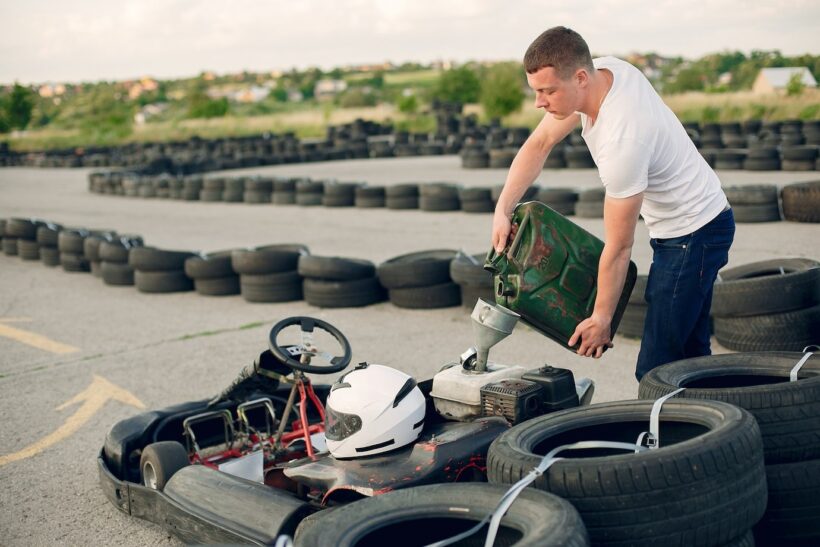
Regular maintenance keeps your go-kart in peak condition. From cleaning the frame to checking oil levels, consistent care prevents breakdowns and prolongs the kart’s lifespan. Create a schedule to address routine tasks.
- Lubricate moving parts to reduce wear.
- Inspect the engine and brakes monthly for signs of damage.
- Store your kart in a dry, covered area to prevent rust.
Conclusion
Designing your dream go-kart is a rewarding experience, blending creativity with technical skills.
By focusing on key aspects like graphics, engine selection, and safety features, you can create a kart that reflects your style and performs flawlessly.
With proper planning, execution, and maintenance, you will not only build a kart you are proud of but also gain valuable skills and memories in the process.
Start designing today and turn your vision into reality.

